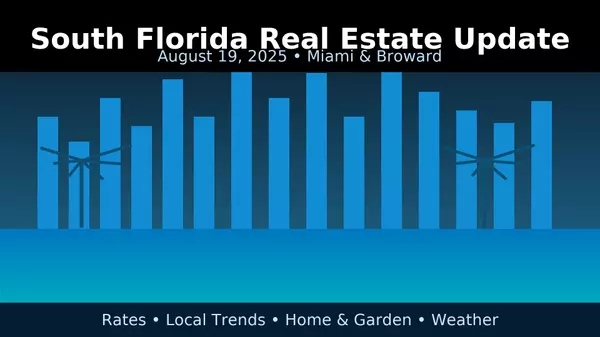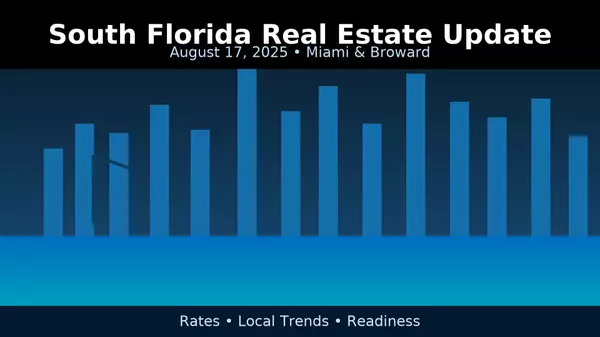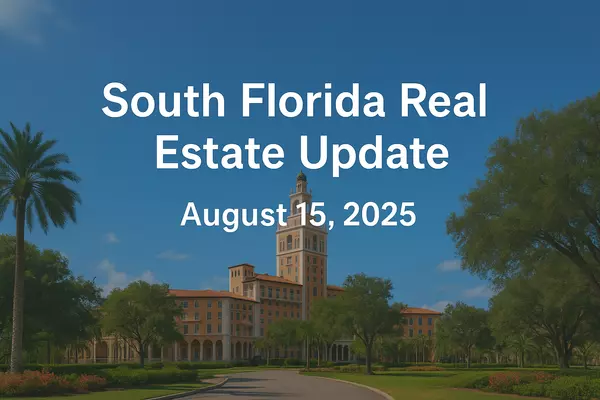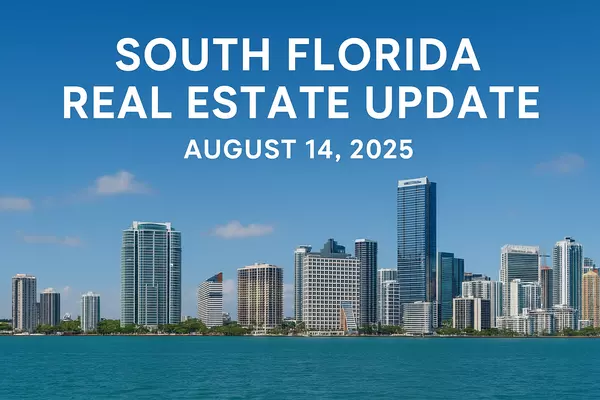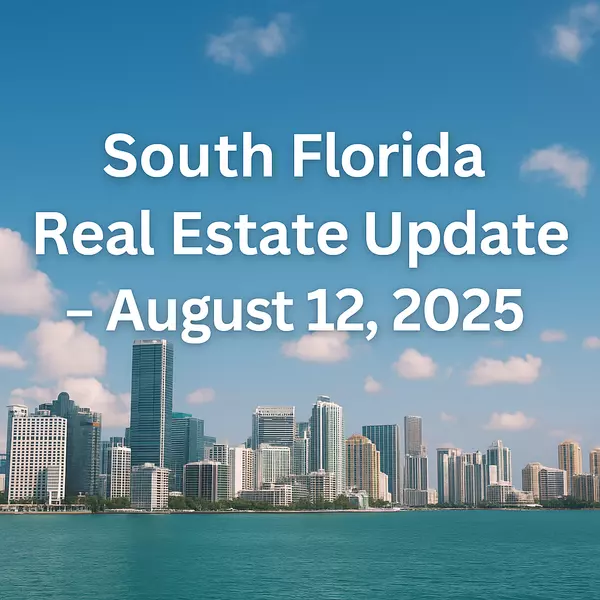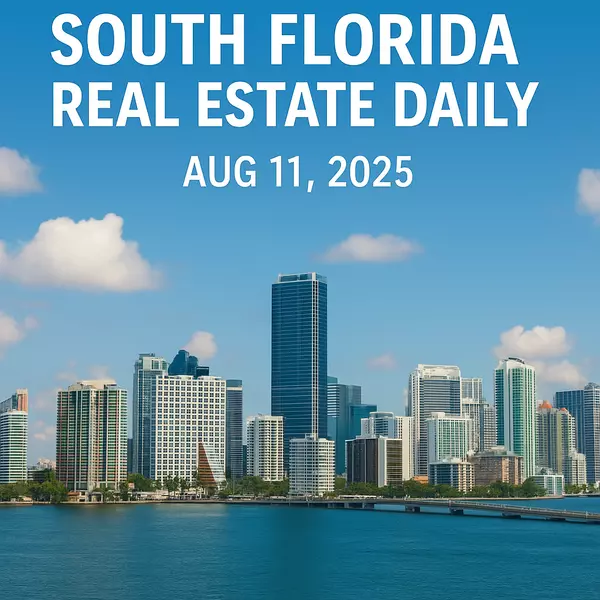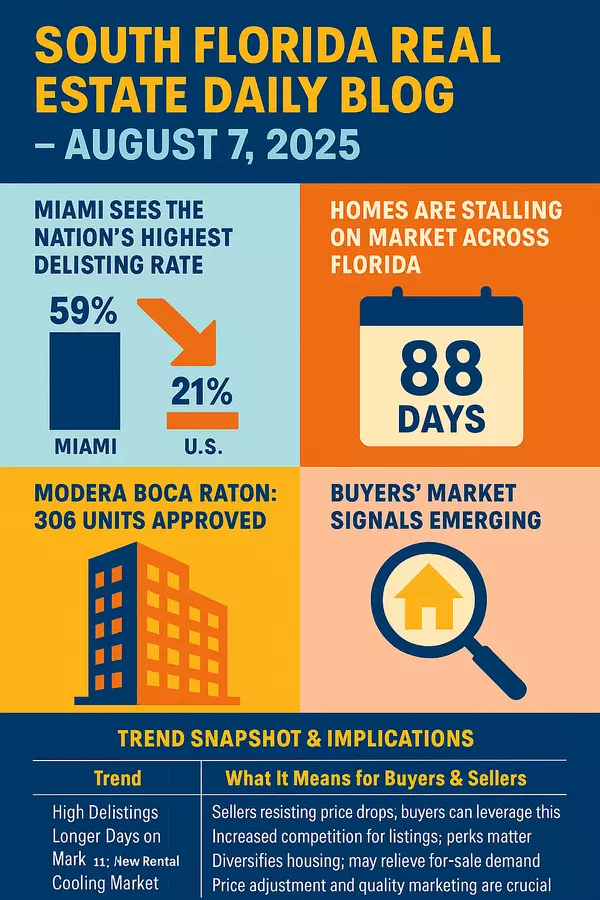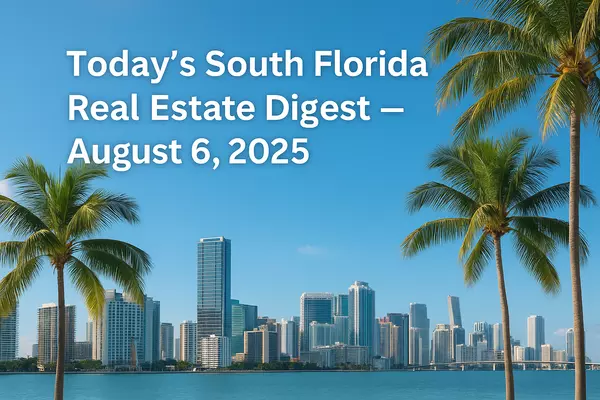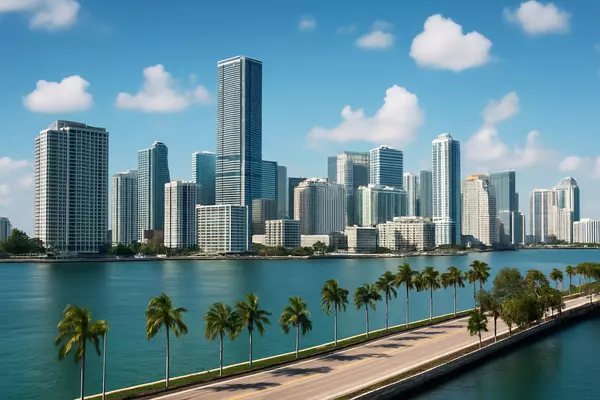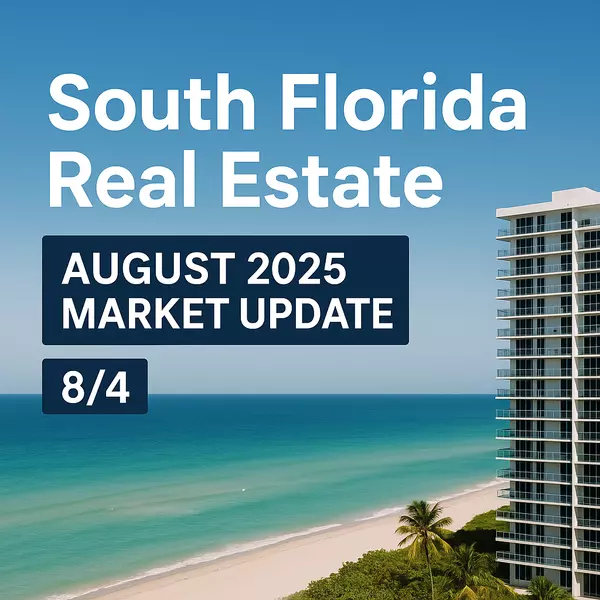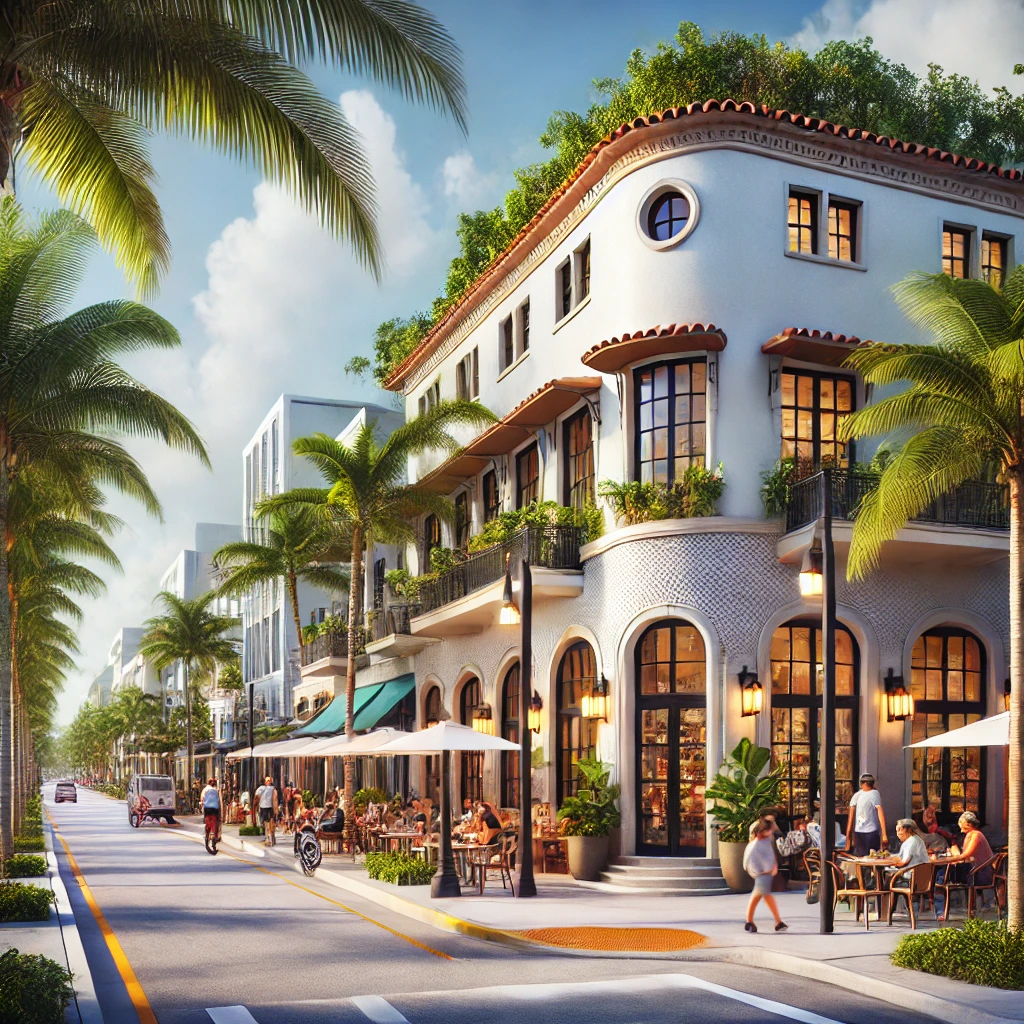Why Miami’s Walkable Neighborhoods Are Perfect for Homebuyers
Why Miami’s Walkable Neighborhoods Are Perfect for Homebuyers
Miami is known for its beaches, nightlife, and cultural diversity, but one of its most underrated qualities is the city’s walkable neighborhoods. In a place often associated with cars and traffic, many parts of Miami offer a pedestrian-friendly lifestyle that homebuyers are increasingly seeking out. From local cafes and shops to parks and waterfront views, living in a walkable Miami neighborhood means convenience, comfort, and community.
In this blog, we’ll explore the benefits of buying a home in one of Miami’s walkable neighborhoods, highlight some of the best areas to consider, and explain why a pedestrian-friendly lifestyle can enhance your experience as a homeowner.
1. What Makes a Walkable Neighborhood?
A walkable neighborhood is one where residents can easily access everyday amenities like grocery stores, restaurants, cafes, parks, and public transportation on foot. These areas are designed with pedestrians in mind, featuring wide sidewalks, well-maintained streets, and plenty of local businesses.
For homebuyers in Miami, the convenience of being able to walk to your favorite restaurant or coffee shop, take a stroll in a nearby park, or access public transportation can make life much easier and more enjoyable. Walkability also fosters a sense of community, as neighbors are more likely to interact with each other when walking through the area.
2. Benefits of Living in a Walkable Miami Neighborhood
Convenience and Accessibility
One of the main draws of living in a walkable Miami neighborhood is convenience. Instead of dealing with traffic or searching for parking, residents can enjoy a stress-free lifestyle by walking to nearby destinations. Whether you’re grabbing groceries, meeting friends for brunch, or going for a jog along the waterfront, walkable areas provide easy access to everything you need.
Walkability also enhances the overall experience of living in Miami’s vibrant, fast-paced environment. Being able to walk to nearby cultural attractions, shopping districts, and entertainment hubs means that you’ll always be close to the action without the hassle of long commutes.
Health and Wellness
Living in a walkable neighborhood in Miami offers significant health benefits. Walking is a great form of exercise that helps improve cardiovascular health, maintain weight, and reduce stress. Miami’s sunny weather and beautiful outdoor spaces make walking a year-round activity that encourages residents to get outside and stay active.
In addition to physical health, walking can also improve mental well-being. A leisurely stroll through a tree-lined street or along the waterfront is a peaceful way to unwind after a busy day. Many of Miami’s walkable neighborhoods also offer easy access to parks and recreational areas, providing plenty of opportunities for outdoor activities.
Sense of Community
Walkable neighborhoods foster a strong sense of community, which is one of the main reasons homebuyers are drawn to these areas. When people walk instead of drive, they have more opportunities to meet their neighbors and participate in local events. This creates a sense of belonging and connection that makes a neighborhood feel more like home.
Living in a pedestrian-friendly community also supports local businesses, as residents are more likely to visit nearby shops, cafes, and restaurants. Supporting local establishments helps the neighborhood thrive, contributing to its overall appeal and vibrancy.
3. Top Walkable Neighborhoods in Miami
Miami is home to several highly walkable neighborhoods that offer a mix of urban convenience and laid-back charm. Here are some of the best walkable areas to consider when buying a home in Miami:
Coconut Grove
Known for its bohemian atmosphere and lush greenery, Coconut Grove is one of the most walkable neighborhoods in Miami. This historic area is filled with parks, sidewalk cafes, and local boutiques, making it a favorite among homebuyers who want a mix of nature and urban living. Coconut Grove’s walkability is enhanced by its proximity to Biscayne Bay, where residents can enjoy waterfront views while walking or biking.
Brickell
Brickell is Miami’s financial district and one of the most pedestrian-friendly areas in the city. With its towering skyscrapers, trendy restaurants, and upscale shopping centers, Brickell is perfect for those who want an urban lifestyle with everything at their fingertips. The Brickell City Centre and Mary Brickell Village offer a wide range of dining, shopping, and entertainment options, all within walking distance.
Miami Beach
While known for its beaches and nightlife, Miami Beach is also one of the most walkable areas in the city. The South Beach area, in particular, is highly pedestrian-friendly, with its iconic Art Deco architecture, palm-lined streets, and beachfront promenades. Residents can easily walk to the beach, parks, restaurants, and bars, making it a popular destination for those who want a coastal lifestyle with urban amenities.
Wynwood
Wynwood is Miami’s art district and one of the city’s trendiest neighborhoods. Known for its colorful murals and art galleries, Wynwood has a unique, walkable environment filled with creative energy. The area is home to a variety of cafes, breweries, and boutiques, making it an attractive option for homebuyers who want to live in a vibrant, artsy neighborhood. Wynwood’s walkability is enhanced by its proximity to downtown Miami, providing easy access to other parts of the city.
Coral Gables
Coral Gables is a charming, walkable neighborhood with Mediterranean-style architecture, tree-lined streets, and a historic downtown area. Known for its upscale shops and restaurants along Miracle Mile, Coral Gables is perfect for homebuyers looking for a picturesque community with a small-town feel. The neighborhood’s walkability is complemented by its beautiful parks, making it an ideal location for families and retirees alike.
4. How Walkable Neighborhoods Add Value to Miami Real Estate
Walkable neighborhoods are becoming increasingly popular among homebuyers, and as a result, homes in these areas often hold their value better and appreciate over time. Buyers are willing to pay a premium for the convenience, accessibility, and community feel that walkable areas provide. As more people prioritize lifestyle and quality of life when purchasing a home, walkable neighborhoods in Miami will continue to attract high demand.
In addition, homes in pedestrian-friendly areas are often more resilient to fluctuations in the real estate market. Walkability is seen as a desirable feature that adds long-term value, making properties in these neighborhoods a smart investment for buyers who want a home that retains its value.
Conclusion: Why Walkability Matters When Buying a Home in Miami
Choosing a walkable neighborhood in Miami offers countless benefits, from the convenience of being close to amenities to the health and wellness perks of living in a pedestrian-friendly area. Whether you’re looking for a vibrant urban environment or a quiet community with access to nature, Miami has plenty of walkable neighborhoods that fit the bill.
If you’re interested in buying a home in one of Miami’s walkable neighborhoods, our team is here to help you find the perfect property. Contact us today to start your search and experience the best of Miami’s pedestrian-friendly communities.
Categories
Recent Posts
